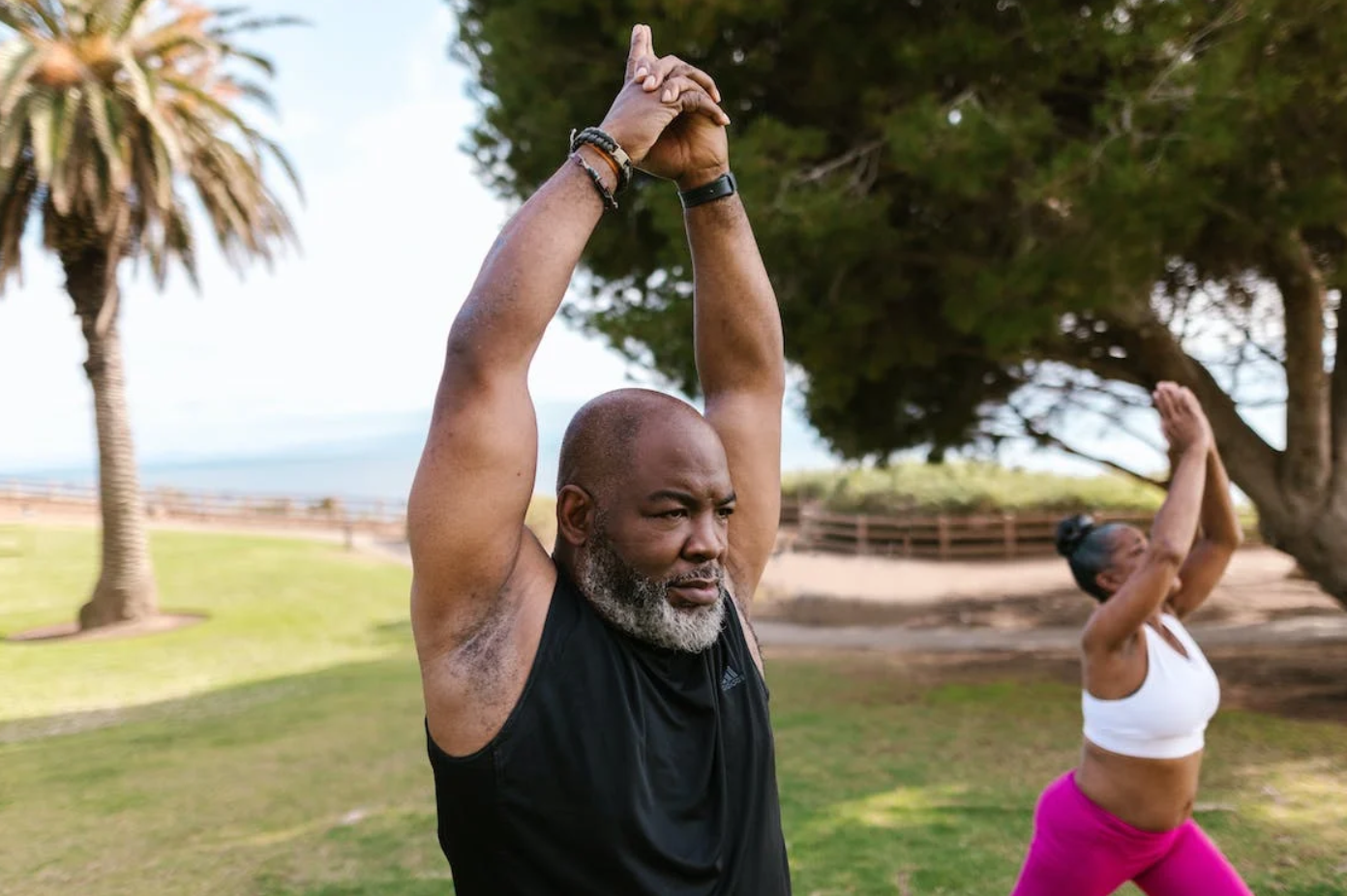By upholding and abiding by laws such as the Fair Housing Act as well as embracing initiatives that strive to help seniors, communities can cultivate age inclusivity on several levels.
One in four of America’s workers is 55 or older — however, more than 40% of workers over the age of 40 say they’ve experienced age discrimination at work in the last three years, according to one AARP survey. Nearly 40% cite ageism as their top concern when trying to look for work, underlining age discrimination throughout the country as a pressing matter. With recent lawsuits further showcasing the issue, communities that prioritize anti-discrimination laws and connection among all residents present an efficient solution.
Recent events identify need for change
A lawsuit filed in September by Dr. Lylas Mogk (aged 84) against Henry Ford Health and Henry Ford Medical Group underlines the issue of age discrimination in the workplace. According to CBS News, the lawsuit is pursuant to a variety of Acts, including the Age Discrimination in Employment Act of 1967, the Americans with Disabilities Act (ADA) of 1991, Title Ⅱ of the Genetic Information Nondiscrimination Act of 2008, as well as Michigan’s Elliott-Larsen Civil Rights Act and Persons with Disabilities Civil Rights Act.
The Henry Ford Medical Group Senior and Bioscientific Staff Fitness for Duty policy states that all Henry Ford Medical Group members aged 70 years old must take a screening assessment for cognition, according to the lawsuit. Based solely on age, the assessment must be repeated once a member turns 75, then annually repeated after that. “Then, if further evaluation is required, the member will have a full Fitness for Duty Evaluation by an independent assessor.” Additionally, CBS highlights that the lawsuit notes that if a member fails to comply with the assessment, that employee will then have to voluntarily resign or be terminated.
The lawsuit filed by Mogk isn’t a unique situation. The Equal Employment Opportunity Commission (EEOC) filed a lawsuit against California-based moving company Meathead Movers for violating age-discrimination law by not hiring enough older workers, according to the Wall Street Journal. While the company’s mission has been to hire student-athletes, Meathead Movers executives have denied that they discriminate against older workers, “claiming the job is simply too demanding for those not in tip-top shape,” states the New York Post. In Ohio, the EEOC alleges that the theme park Cedar Point discriminated against older workers by not offering subsidized housing to employees over the age of 30, further highlighting the fact that age discrimination can present in more ways than one.
The issues surrounding age-inclusivity extends well beyond addressing workplace discrimination. Housing discrimination, for example, is just one issue that seniors as well as those with disabilities may face, with the matter also impacting those in other federally-protected classes (including race, color, religion, national origin, sex, disability, and familial status). The National Fair Housing Alliance (NFHA) notes that cases of housing discrimination in the U.S. rose substantially in 2021, further going on to point out that most cases of housing discrimination go unreported.
Exploring the legislation surrounding discrimination
According to the EEOC, the Age Discrimination in Employment Act (ADEA) forbids age discrimination against individuals aged 40 or older (while it doesn’t protect those under 40, there are some states with laws that protect younger workers from age discrimination). “It is not illegal for an employer or other covered entity to favor an older worker over a younger one, even if both workers are age 40 or older,” the EEOC points out. While it’s further noted that the law prohibits discrimination in any aspect of employment (from firing to hiring, pay, benefits, etc.), it’s imperative to note that it is unlawful to harass an individual due to his or her age as well.
Regarding housing, federal law prohibits discrimination based on a variety of factors, including race, religion, national origin, familial status, disability, and sex, according to Nolo. The federal Fair Housing Act of 1968, as well as the federal Fair Housing Act Amendments Act of 1988 (referred to as the ‘Acts’) work to address the matter, with Nolo noting that that while the Acts do not “expressly ban discrimination based on age,” it is “definitely forbidden under the broader prohibition against discrimination on the basis of familial status.”
Age inclusive communities present undeniable value
According to Forbes, the World Health Organization (WHO) started the global age-friendly movement in 2006, otherwise known as an initiative to create communities that are both ‘inviting and accessible’ for people of all ages. “As part of the age-friendly movement in the U.S., age-friendly cities, states and communities implement programs and infrastructure features that help older adults thrive and remain socially active as they age.”

Communities that are age inclusive not only support and uphold the law in regard to anti-discrimination, but involve employers that integrate workplace equality into the culture and that value older workers. However, the cultivation of age inclusive communities presents undeniable value when aiming to encompass issues that extend beyond age discrimination in employment. Age inclusive communities aim to create connections between people from all backgrounds, including those of different ages and abilities. AARP’s Eight Domains of Livability presents a framework for many cities and states across the country in order to demonstrate how an age-inclusive community is possible. This framework includes aspects such as housing, outdoor spaces and buildings, social participation, transport, respect and social inclusion, and community and health services. Setting up a diverse stakeholder group is a fantastic first step for communities to take when looking to become more age inclusive, and will work to determine where changes can begin to be made for the better.
Despite the laws surrounding anti-discrimination, recent events and lawsuits highlight the need for positive change in communities across the nation. By upholding and abiding by laws such as the Fair Housing Act as well as embracing initiatives that strive to help seniors, communities can cultivate age inclusivity on several levels.


Join the conversation!